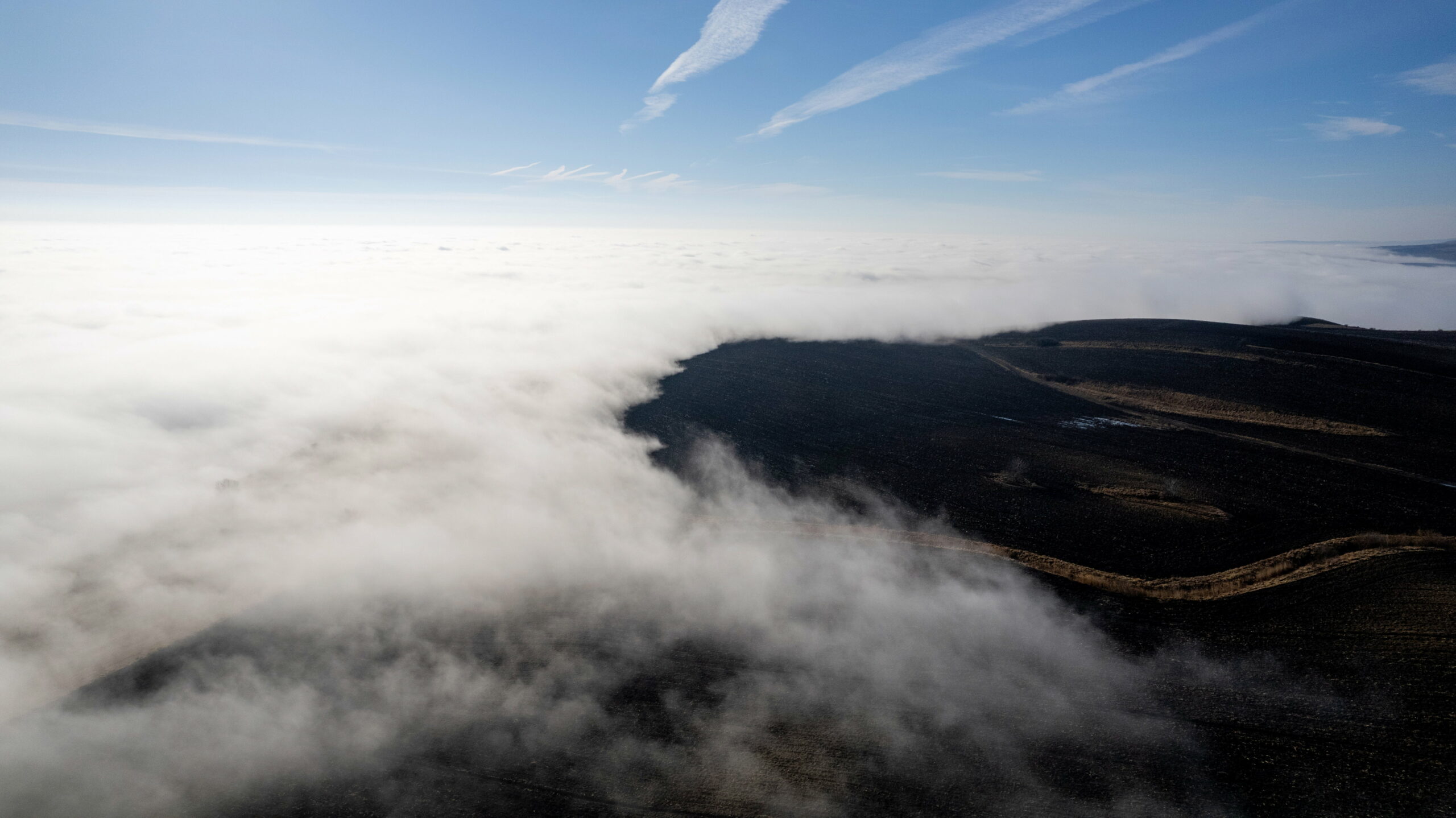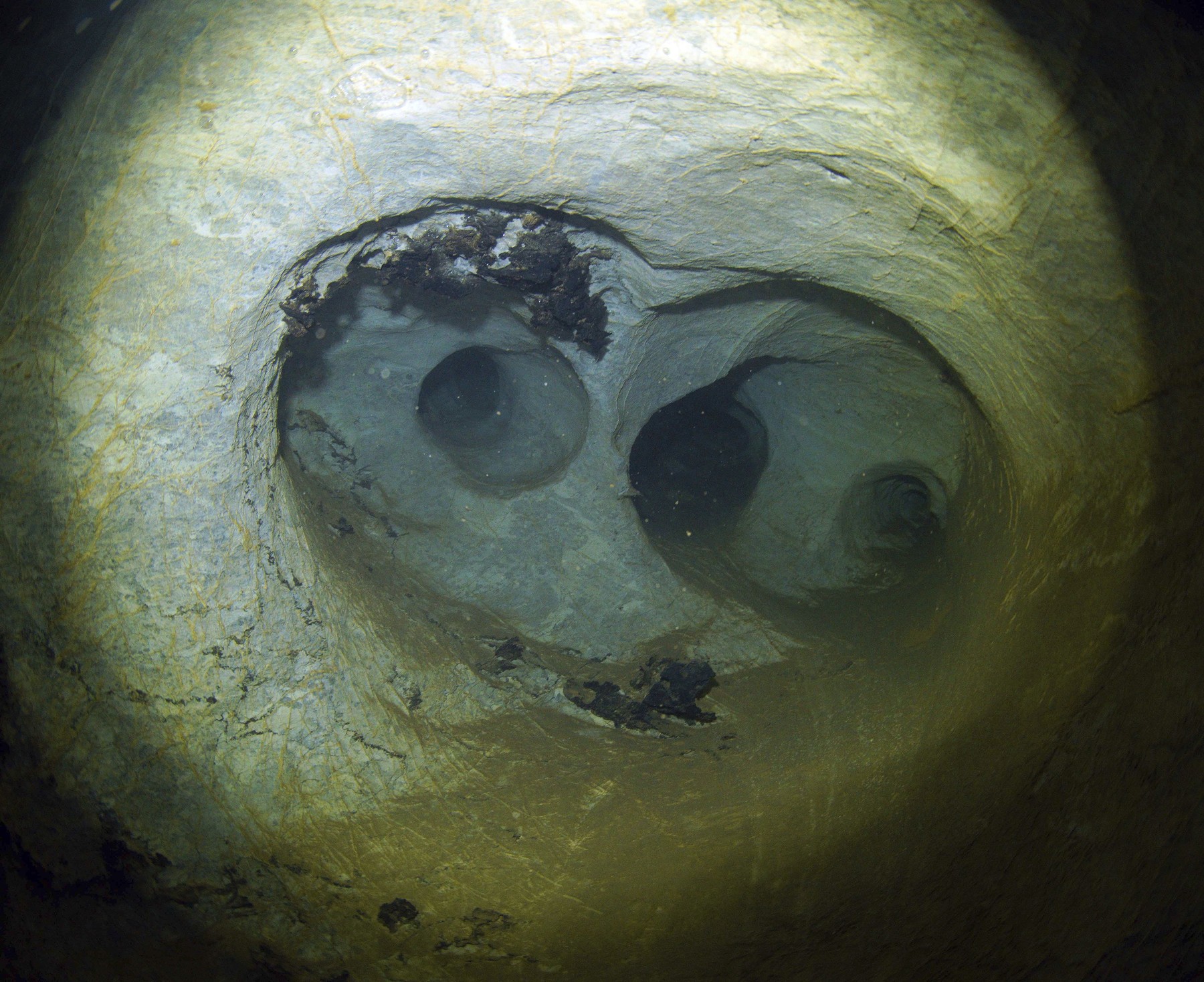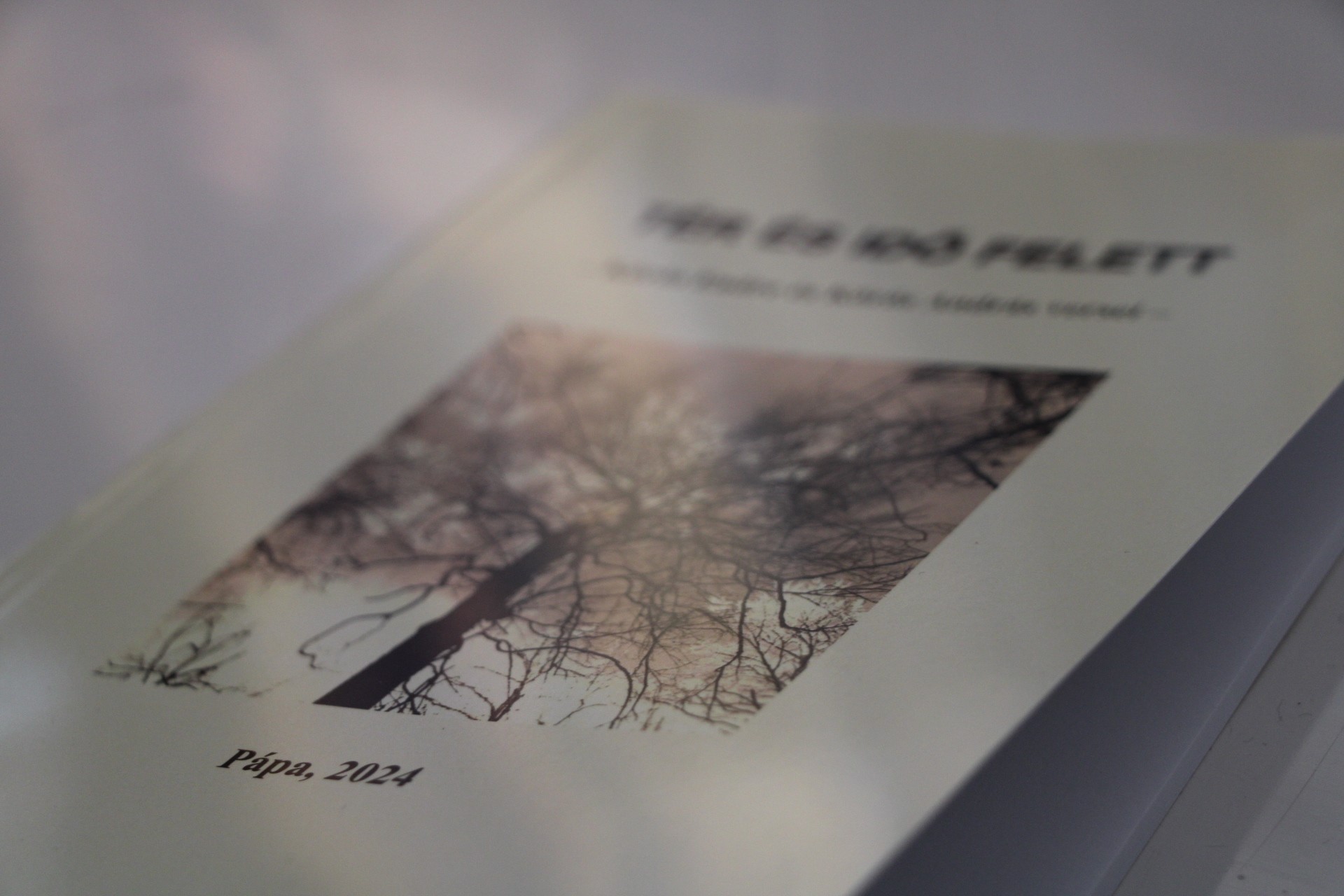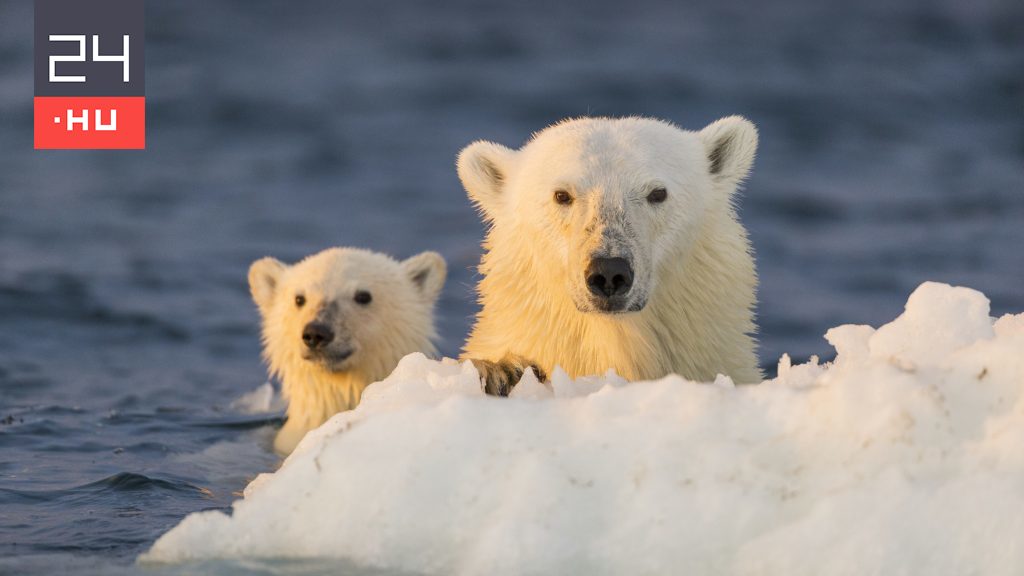According to a new study, the last area of the Arctic, known as the last ice area important to the survival of the polar bear, is melting faster than expected, the MTI wrote, citing the BBC. Experts previously believed the area would remain frozen longer than the rest of the Arctic, but a new analysis suggested a record meltdown occurred at this site last summer as well. According to the researchers, the unexpected drop was due to strong winds associated with climate change.
Part of the Wandel Sea north of Greenland has been named the last glacier. Usually, thick permanent ice remains in this area year-round.
“Sea ice is floating around the Arctic and accumulating naturally off the northern coasts of Greenland and Canada,” he said. Axel Schweiger, a fellow at the University of Washington and a member of the team. He also added, in climate models, this region will be included in the next century as the region where the ice remains the longest in the summer.
Polar bears use ice to hunt seals, which build nests on freezing water to raise their young. Last August, the German research vessel Polarstern, sailing through the Wandel Sea, unexpectedly found itself in open waters where thick ice should have been. Researchers are now using satellite imagery and models to see what might be happening in the area.
Compounding the mystery is the fact that satellite measurements last spring showed that the sea ice covering the Wandel Sea was thicker than it had been in previous years. By August 2020, recordings showed a record drop in ice concentration of 50%. The unusually strong winds pushed most of the sea ice out of the area, the researchers said, but that this was only made possible because the ice had diminished due to years of warming.
According to Schweiger, there were older and thicker ice patches in the region in the winter and spring of 2020 that drifted, but there was also thinner, newer ice that had completely melted and thus open water appeared. This started a cycle of thermal energy absorption, which melted more ice, despite the fact that there was much thicker ice in the area. Researchers estimate that 80 percent of the melt record is due to weather-related factors such as wind and 20 percent due to thinning associated with climate change.
In 2019, Canada declared part of the last ice area a marine nature reserve and named it Tuvaijuittuq in the language of the people who live there, meaning a place where the ice never melts. The new findings suggest that climate models need to be reconsidered, as most did not predict low sea ice concentrations in the region in 2020 over the coming decades.










































